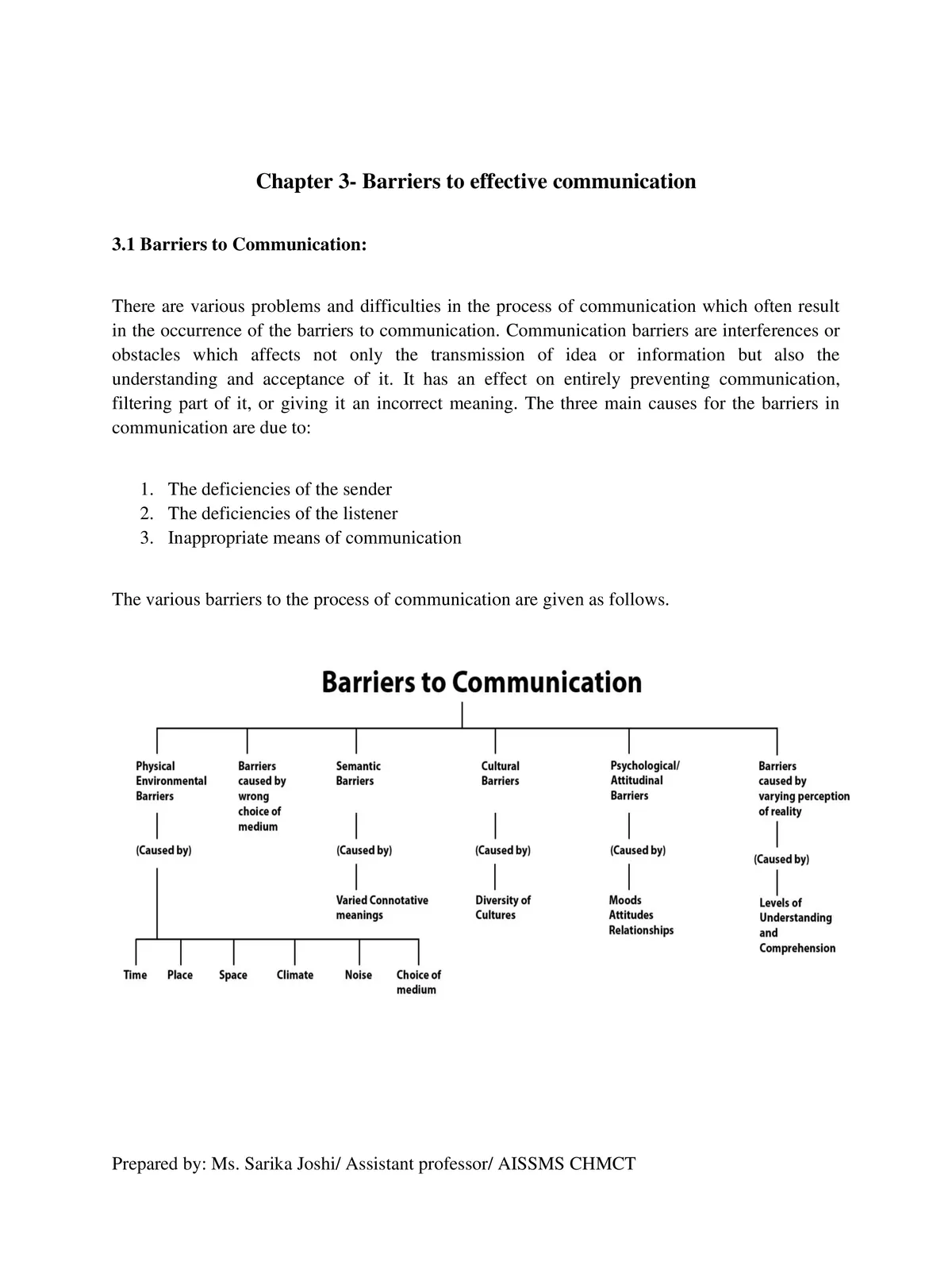Barriers of Communication - Summary
Communication is one of our basic needs, and understanding the barriers of communication is essential for effective interaction. We need to communicate with many people for personal and professional purposes, but sometimes we face hurdles or problems. The message might not get through properly, or misunderstandings can occur between the sender and the receiver.
Sometimes, the sender may not use language that the receiver understands well. The receiver might also struggle to decode the message correctly. Noise in the environment can further disturb our ability to communicate. It’s rare for barriers to not arise during the communication process. Often, these barriers exist in the minds of the sender and receiver, causing the intended messages to be lost.
Understanding Barriers of Communication
Barriers of Communication – Types of Barriers
- Language Barriers of Communication: Language serves as a primary medium for communication, making this one of the most significant hurdles. Each region boasts its languages and dialects, and even minor differences can create misunderstandings.
- Psychological Barriers to Communication: Various mental and psychological factors, such as stage fright, speech disorders, phobias, or depression, can hinder effective communication. Emotions like anger, fear, jealousy, insecurity, shyness, and close-mindedness can also create obstacles.
- Emotional Barriers of Communication: A person’s emotional intelligence plays a crucial role in how easily they can speak. Those who let emotions govern their lives might struggle with communication.
- Cultural Barriers to Communication: In our globalized world, workplaces often host individuals from diverse cultural backgrounds, which can result in different interpretations of common social norms. Cultural differences can greatly affect elements like clothing, religion, food, and behaviour.
- Physical Barriers to Communication: These are the most visible obstacles to effective communication, such as noise, closed doors, and faulty communication devices. In a large office, physical distances and broken equipment can create significant barriers.
- Attitude Barriers of Communication: Prejudices, distrust, emotional aggression, and discrimination based on gender, ethnicity, or religion can severely limit communication. A lack of willingness to adapt can also contribute to these barriers. Effective listening, constructive feedback, problem-solving, and openness to change can help dismantle these obstacles.
- Perception Barriers to Communication: Different people interpret the same information in various ways. To communicate effectively, it’s important to understand your audience’s perception and convey messages that are clear and direct to avoid misunderstandings.
- Physiological Barriers to Communication: Health issues, conditions like hearing difficulties, and other limits can interfere with communication. However, many of these barriers can be managed or overcome.
- Hierarchical Barriers of Communication: Hierarchies in organizations can hinder communication, fostering a lack of transparency. This can also occur within families, where power dynamics impact interactions.
You can download the Barriers of Communication PDF using the link given below for easy reading and reference.
